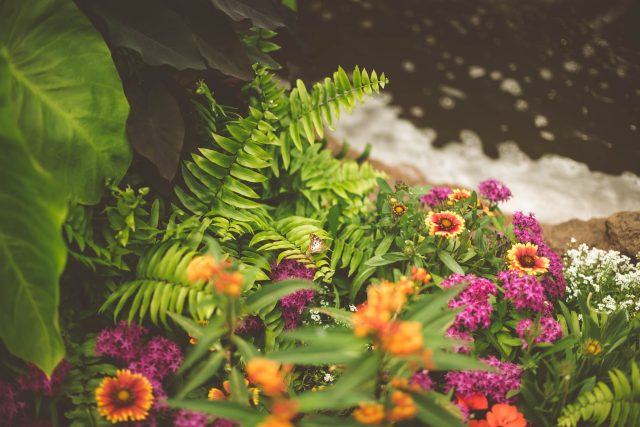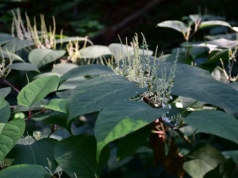
In today’s ever-changing economic climate, many of us are looking for ways to save money without sacrificing the aesthetics and functionality of our living spaces. One area where this is particularly true is in our outdoor areas – our gardens and landscapes. While professional landscaping services can sometimes be costly, creating a beautiful, inviting outdoor space doesn’t have to break the bank. In fact, with some clever planning and creativity, it’s possible to design a stunning garden that fits within a modest budget.
This blog post will explore strategies and tips for an affordable yet attractive garden design. Stay with us as we unveil how you can make your dream garden a reality without causing a dent in your wallet.
Understand Your Space And Needs
One of the initial steps towards an affordable yet attractive garden design involves understanding your garden’s unique characteristics and identifying your specific needs. Every garden space has unique size, terrain, and features that can influence the design and associated costs. For instance, a garden with a steep slope may require terracing or retaining walls, increasing the project cost. Similarly, the size of your garden can significantly impact the cost, with larger spaces potentially requiring more plants, materials, and labour.
In the same way, you must choose the right vacuum lifter for a specific task; determining your landscaping needs is vital in planning. How do vacuum lifters work? They create a vacuum seal between the lifter’s pad and the lifted object. When activated, the vacuum generates suction, allowing the lifter to grip and lift objects securely.
In landscaping projects, vacuum lifters can be instrumental in lifting heavy materials like paving stones, retaining wall blocks, or large planters, simplifying the installation process and reducing labour requirements. Their ability to grip objects securely without damaging them ensures the integrity of the materials being lifted, contributing to a successful and efficient project.
Planning Is Key
A well-structured plan serves as the blueprint for your landscaping project, helping avoid unnecessary expenses that can accrue from impulsive decisions or unexpected obstacles. By outlining your project’s scope, you can anticipate costs, avoid oversights, and streamline the execution of your design. This planning phase involves sketching a layout of your desired design. Don’t worry; you don’t need to be an artist to do this. Simple shapes and markers denote areas for different purposes, paths, plant groupings, and features.
Research is pivotal in finding inexpensive materials, plants, and decor for your landscape. Investigate local nurseries for seasonal plant sales, or consider swapping plants with neighbours. Explore online marketplaces and local outlets for second-hand garden decorations or materials. Reclaimed wood, for instance, can be a cost-effective and eco-friendly option for garden structures.
Additionally, research can help you discover cost-effective alternatives to traditional landscaping elements. For example, using ground covers instead of grass for lawns can lower maintenance costs and still provide a lush, green space. With a thoughtful plan and thorough research, you can design a budget-friendly landscape that doesn’t compromise beauty or function.
Choosing The Right Plants
Selecting the right plants for your garden is a critical aspect of budget landscaping. Choose plants suitable for your local climate and soil type to ensure they thrive with minimal intervention. If your garden has heavy clay or sandy soil, opt for plants that can handle these conditions. Likewise, choose plants that can tolerate your area’s average rainfall and temperature ranges. This saves money on additional soil amendments or climate control methods and reduces the chances of plant loss.
Native plants are particularly advantageous for budget-conscious and eco-friendly gardeners. These plants have evolved to survive in your specific climate and soil, making them naturally hardy and less susceptible to pests and diseases. They typically require less water, fertiliser, and overall care than non-native species, reducing maintenance costs.
For instance, if you live in a dry climate, consider using native succulents or drought-tolerant grasses. If your area is prone to heavy rain, there are numerous water-loving native plants to choose from. By aligning your plant selection with your environment’s natural conditions, you can create a resilient and low-cost landscape that is easy to maintain and friendly to local wildlife.
Affordable Hardscaping Ideas
Hardscaping refers to the non-living elements of a landscape, such as paths, patios, and retaining walls. While these elements can often be expensive, several cost-effective materials and techniques can help keep costs down.
Gravel, for instance, is a budget-friendly alternative to pavers for paths or driveways. It’s easy to install and comes in various colours and sizes to suit any design. Similarly, repurposing items like old bricks, tiles, or wood can add character to your garden while keeping expenses low.
Using reclaimed or recycled materials saves money and adds a unique charm to your garden. Old wooden pallets can become decking or fences. Reclaimed bricks or stones can construct a rustic path or patio. These elements often come at a fraction of the cost of new materials and are a great way to reduce waste.
One effective strategy to reduce costs is to minimise hardscape areas in your design. Instead of a full patio, consider a smaller sitting area or a narrow pathway. Through smart choices and a bit of creativity, hardscaping can be both affordable and beautiful.













